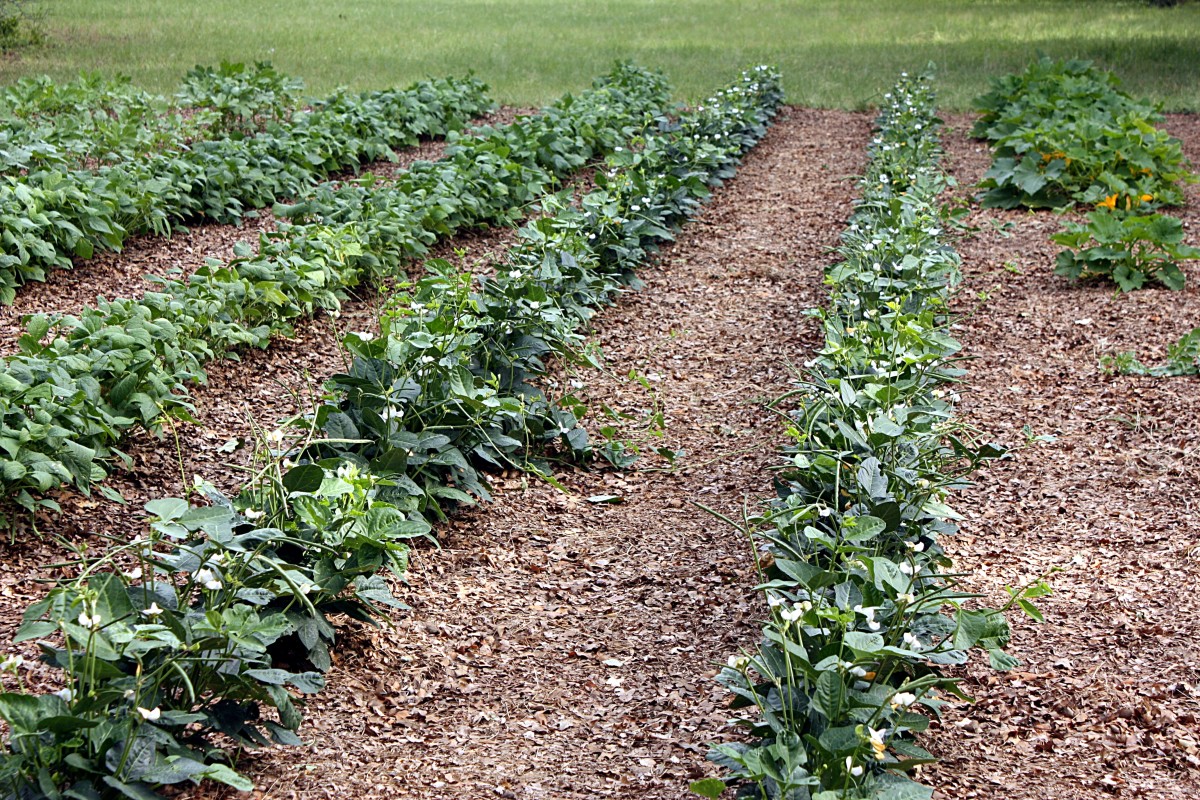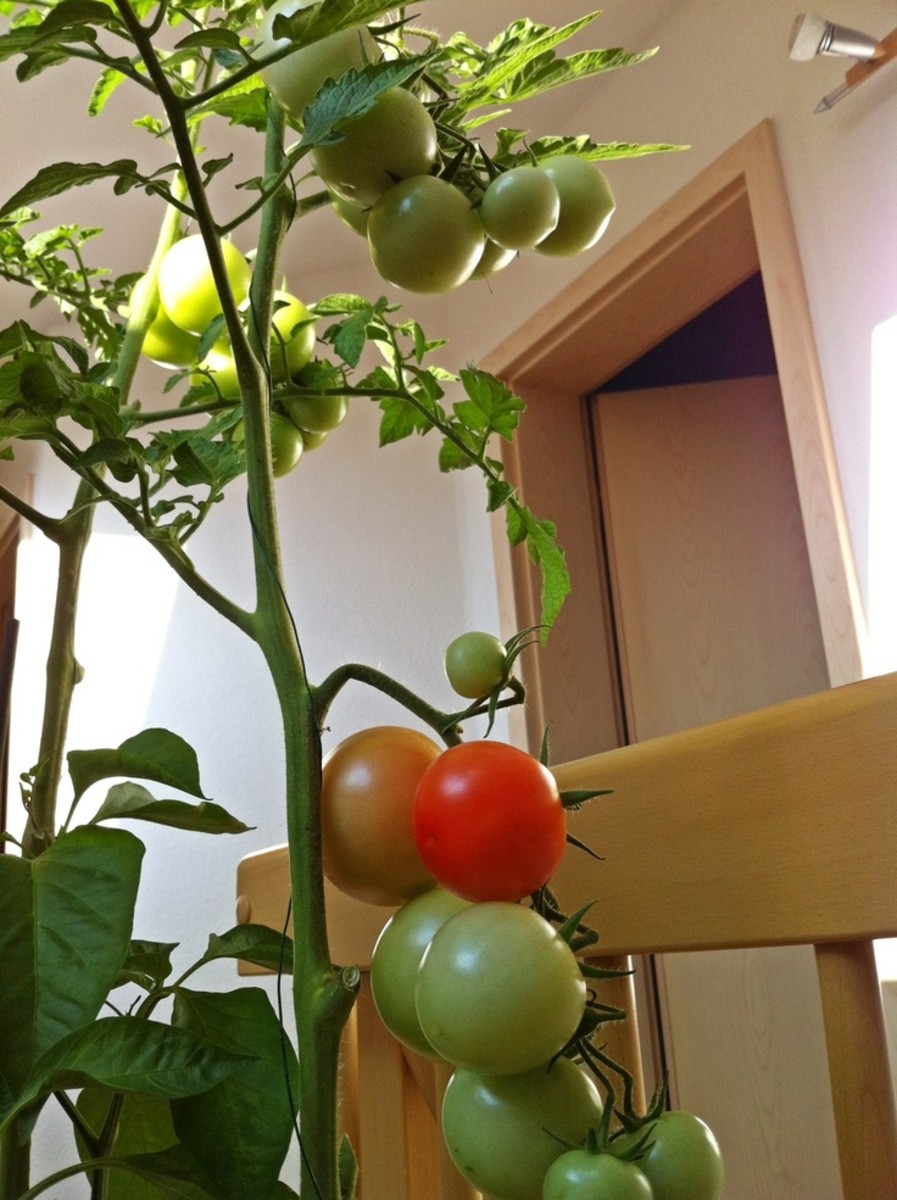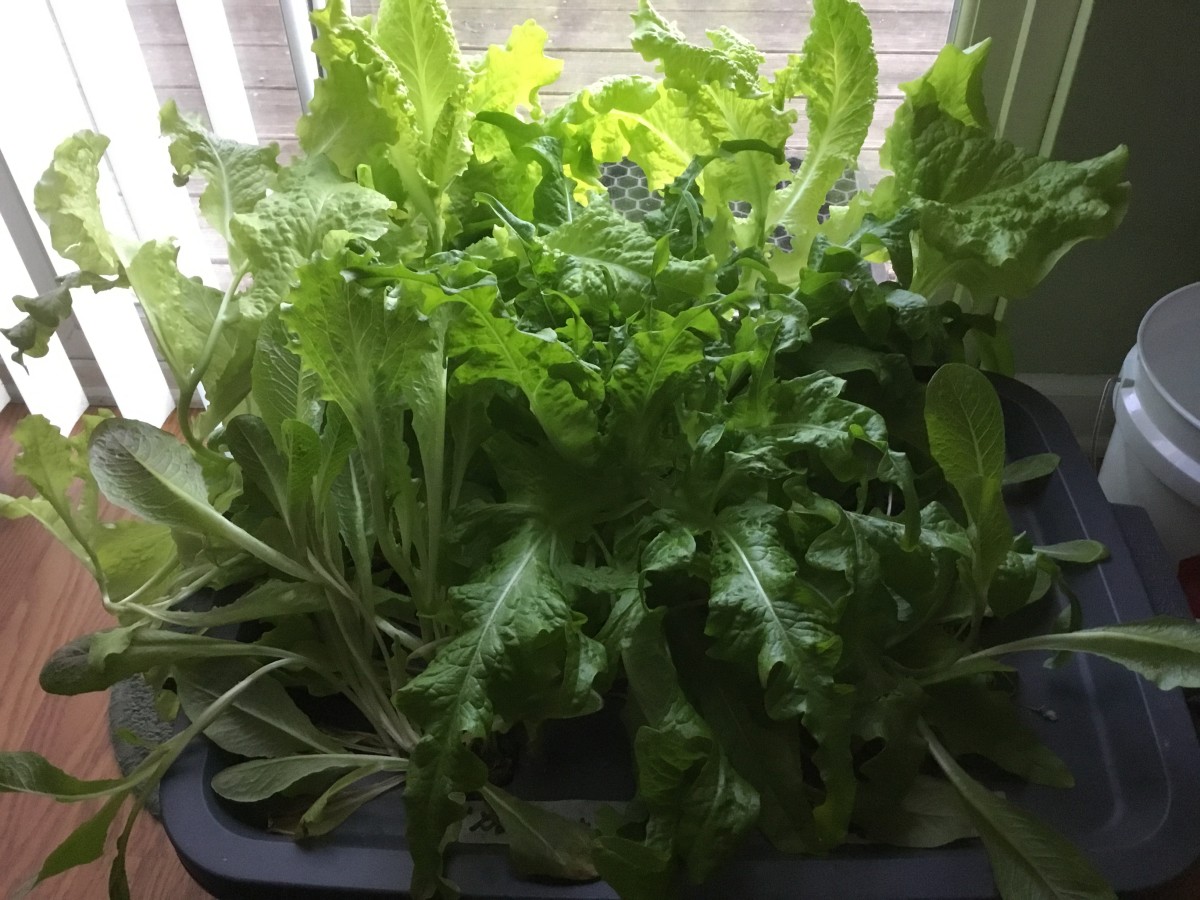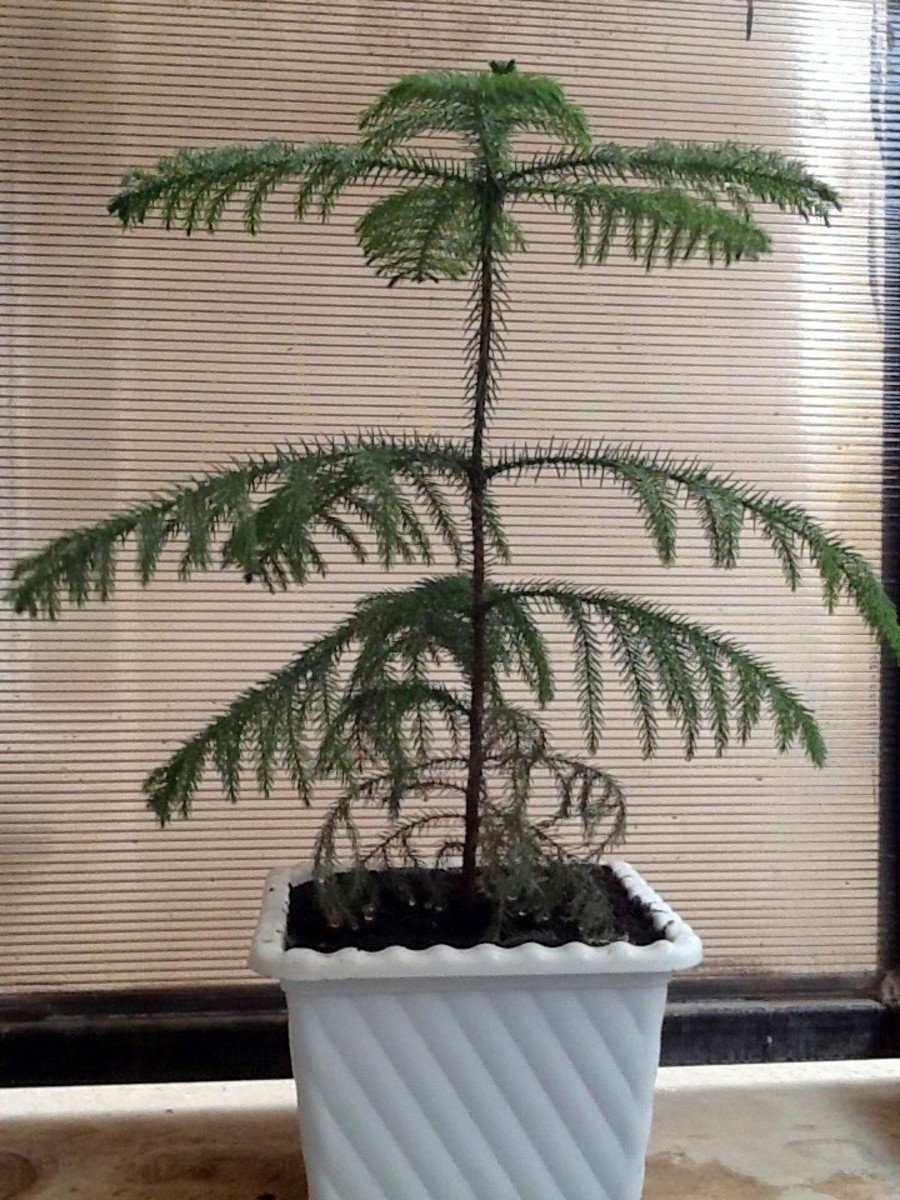Grow Your Own Coffee Beans
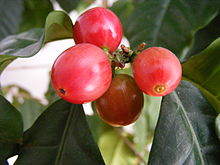
Growing Coffee Plants to Produce Fresh Coffee Beans
The coffee bean tree is a particular variety of a tropical evergreen shrub. The leaves are dark and shiny green and the flowers are white and fragrant providing a beautiful ornamental while patiently waiting for the plants to produce coffee beans. Coffee was traditionally grown in the shade amidst evergreen shrubs and oak trees that affix nitrogen in the soil.
Robusta and Arabica
Three fourths of the coffee grown on the global scale is C. arabica and the second most popularly cultivated is robusta, C. canephora, which is less flavorful and inclined toward acidity. In many commercial blends, robusta is used as an inexpensive arabica, however, the better strains of the robusta species are used in some espresso blends for the full-bodied taste. Robusta contains about 45% more caffeine than arabica.
How high do coffee plants grow?
Depending on weather conditions and variety, they can grow to a height of 16 to 40 feet tall when not pruned. Most are maintained to a height of six feet for better yields and easier access during harvest time.
Growing Environment
Coffee plants can be grown indoors and placed outside during the summer. The best temperature range is between 65 to 75 degrees Fahrenheit. They require a lot of water or rain, and during the fourth year, intermittent sun between heavy watering for the beans to mature.
During the 1970s, many farmers decided to grow them in rows under full sun for a quicker harvest. Applications of fertilizer and pesticides are increased to yield the highest amount. Traditionally grown methods produce a superior quality of coffee. Sun cultivation causes numerous environmental disruptions such as pesticide pollution, soil and water degradation, and deforestation.
Soil Conditions for Coffee Plants
Drainage is the most important factor to consider because the plants are not very particular about the soil itself. Coffee trees can be grown indoors as a potted plant and transferred to the outside during the summer months. Indirect or filtered sunlight with nighttime temperatures between 60 F. to 65 F. and at least 70 F. during the day. The soil should be kept moist with quick drainage.
When, How Often and What Type of Fertilizer
A yield of beans will eventually produce without any fertilizer, however, for better results and more beans, fertilize once every two weeks from March to October. From November through February, the dormant season, fertilize once a month. The fertilizer should be an all purpose 10-10-10.
Depending on the space in the planter for the roots to grow, coffee plants can grow up to ten feet high. If that is too tall for your indoor environment, you can prune them back. Pinch off the ends of the branches periodically to make them bushier.
When to Harvest Coffee Beans
The fruits do not all ripen at the same time. They appear as red berries containing two beans inside. Green berries should be left to ripen because they don't ripen after they are picked.
A yield of coffee beans is possible after four years and the full yield generally begins at six years. Prime production lasts for about ten years but the life of the plants may last for as long as sixty years. The length of time for the berries to ripen is six to nine months. Five to ten percent of the berries contain only one seed-like bean and the rest contain two.
The beans are fermented to separate the pulp then washed in water to remove the residue left from fermentation. They are placed in a sunny location to dry with occasional stirring.
Roasting Freshly Harvested Coffee Beans
The varieties differ in density and moisture which effects their roasting rates. Starches in the beans are broken down causing a caramelization of simple sugars that turns them brown. Since they contain sucrose, the longer or darker they're roasted the less sucrose they contain. The flavor is changed caused by the weakening of aromatic oils and acids during the roasting process.
When 400 F. has been reached, other oils begin to develop such as caffeol at 392 F. which contributes the most to the aroma and flavor.
The labeling depends on their color; light, medium light, medium, medium dark, dark or very dark. Color determines the relative degree of roast which effects the flavor. Darker is considered a bolder flavor with the increased carmelization and decreased fiber. Lighter roasting is perceived as stronger due to the oils and acids yet remaining in the beans.
Beans can be roasted in the oven, and there are roasters for the home that are designed for this purpose. Place them in a metal colander, vegetable steamer or steel strainer and set it in a 250 F. preheated oven for seven minutes. Increase the temperature to 450 and stir them on occasion to assure an even roast. After about ten minutes they will begin to crackle.
Check on the coffee beans every two minutes until their color is slightly lighter than the color you have in mind. The cooling process darkens them still a bit more because they continue to roast. After they have cooled, either store them or grind and brew to consume the freshest coffee ever.
Decafinated
Most methods of removing caffeine involve either soaking them in hot water, or steaming. A solvent is added to dissolve the oils that contain caffeine. One method used soaks unripe coffee beans in compressed carbon dioxide (CO2) to extract the caffeine. The extracted caffeine is generally sold to the pharmaceutical industry.
Storing Roasted Coffee Beans
To preserve the quality of the flavor, roasted coffee beans must be kept in a sealed container and stored in a cool, dry place away from light. Vacuum packaging removes 99% of air allowing storage for an indefinite period of time.
The differences in aroma, body, acidity and flavor can usually be distinguished from the beans grown in different countries and regions. Taste characteristics also depends on the variety of species, the processing and the region. The variety of coffees are known by the region where they are grown, such as Columbian, Java and Kona.
How Espresso is Different
Hot pressurized and vaporized water is forced through brewing the grounds into coffee resulting in a concentration that is 10 to 15 times the quantity of coffee to water. This method produces a complex physical and chemical composition having a reddish-brown foam called crema that floats on the top.
Coffee can also be brewed using cold water that reduces the acidity level compared to hot-brewing methods. Coarsely ground beans are steeped in cold water for several hours, then filtered.
National Coffee Day in the United States is celebrated on September 29. In 2004, Coffee was the top agricultural export for 12 countries.
Lizolivia


